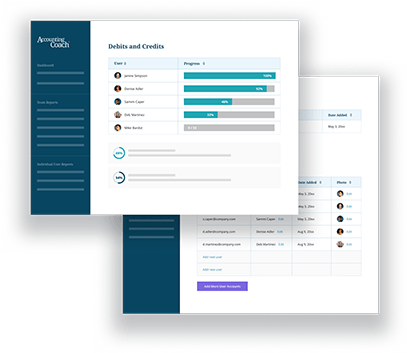More than 60 years ago, accountants in the U.S. used Reserve for Bad Debts as the title of the contra account associated with Accounts Receivable or Loans Receivable. They also used Reserve for Depreciation as the title of the contra account associated with plant assets. The use of the word reserve led some readers of the financial statements to conclude that money was set aside for replacing plant assets or the uncollectible accounts or loans. To avoid this misunderstanding, the accounting profession recommended that the word reserve have a very limited use. Accountants now use Allowance for Doubtful Accounts or Allowance for Bad Debts instead of Reserve for Bad Debts. In the case of plant assets, Accumulated Depreciation is used in place of Reserve for Depreciation.
Join PRO and Perform Better At My...
Related Questions
- What is a LIFO Reserve?
- What is the difference between reserve and provision?
- What is the allowance method?
- How do you write off a bad account?
- What if a company's Allowance for Doubtful Accounts is understated?
- Why is there a difference in the amounts for Bad Debts Expense and Allowance for Doubtful Accounts?
Related In-Depth Explanations
Join PRO to Track Progress




